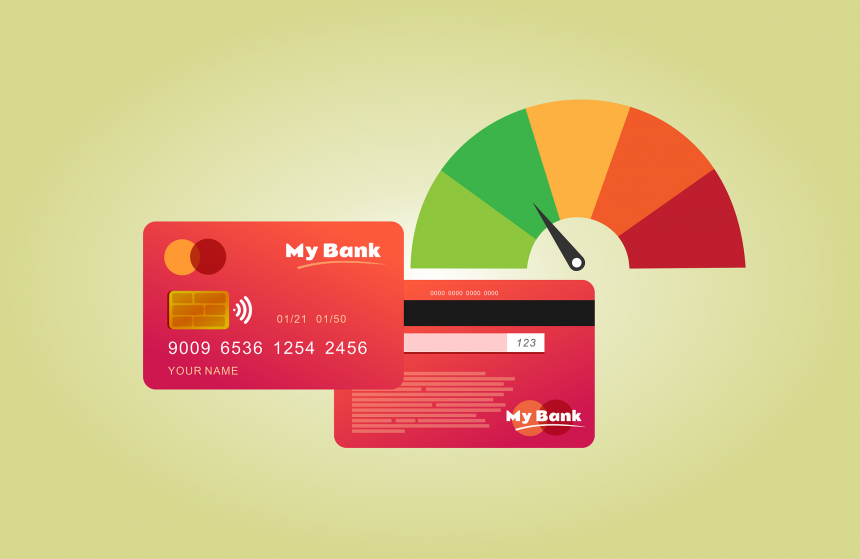
Canada Credit Card Usage and Statistics
Canada Credit Card Usage and Statistics
Acquiring a credit card is widely regarded as a massive milestone by many youthful Canadians. Credit cards are popular because they act as one of the initial forms of credit products that young people can get, and they also increase purchasing power.
There are currently numerous credit card firms in Canada that offer easy to qualify requirements and can help you build a reputable credit score if you use them appropriately. Hence, it's no surprise why youths are attracted to credit cards.
Recent statistics indicate that more Canadian citizens are opting to acquire credit cards. The usage of credit cards in the country has skyrocketed from 40-76 million, a difference that occurred in only 18 years (2000-2018).
Statistics from the Canadian Payment Methods and Trends report published in 2019 indicate that several reasons are driving the increased credit card usage among Canadians. Some of these growth factors include:
1. An increased need for quick and convenient payment methods among citizens, such as contactless payments
2. Increased adoption of online shopping
3. In-app purchases associated with smartphone software and games
4. Loyalty programs that offer incentives and rewards to Canadians when they use their credit cards
As more and more individuals switch to modern, convenient payment methods, there will be significant volume changes in various payment methods.
In the past, the cash usage volume in canada decreased by 19% between 2012 and 2018. Bank checks and other related paper documents usage also reduced significantly by 28% in the same period.
On the other hand, the Canadian credit and debit card usage between 2012 and 2018 increased by 33%. With the increased adoption of technology in the banking and financial sectors, the various payment methods will likely also change in the future.
An Analysis of Recent Canadian Credit Card Usage and Statistics in Recent Years
The card market in Canada is quite distinct and varies from its neighboring US credit card industry. For example, Canada has used numerous innovations such as the Interac that serves as an interbank network system.
According to Canada Mobile Payments, there were approximately 24 billion transactions conducted within canada back in 2012. These transactions yielded a total volume of $44 trillion in terms of payments. The shocking part of this statistic is that 33.33% of these domestic transactions occurred on a non-cash basis.
Additionally, the HIS global insight concluded that e-payments have created up to $196 billion for the country's economy since 1994. In more recent years, specifically between 2000 and 2013, there has been a steady increase in Canadian citizens' credit card usage.
Nowadays, more than 92% of citizens have at least one primary credit card, and 94% of these individuals also own a debit card for shopping and utility purposes. Additionally, 82% of smart device owners, such as tablets, iOS, and Android devices, usually use e-payments to purchase goods and services either at physical shops on online shopping platforms.
Cash payments account for roughly 10% of all consumer payments in the country and approximately 41% of all transactions in Canada.
Below is table 1 that shows credit card usage in canada between 2000 and 2018. The data is from the Statistica analytical firm, and it clearly shows the yearly deviations in credit card use in the country. All these statistical figures are rounded off to the nearest terminating decimal.
Table 1: A tabular representation of credit card usage in Canada between 2000 and 2018 in terms of millions
Year Number of Credit cards Issued in Millions The Yearly Difference of Credit cards issued in millions
2000 40.1 N/A
2001 44.1 +4
2002 49.4 +5.3
2003 50.4 +1
2004 56.9 +6.5
2005 60 +3.1
2006 64.8 +4.8
2007 67.3 +2.5
2008 72.1 +4.8
2009 73.7 +1.6
2010 74.6 +0.9
2011 78.8 +4.2
2012 78.4 -0.4
2013 81 +2.6
2014 76.9 -4.1
2015 77.9 +1
2016 80.6 +2.7
20177 9.7 -0.9
2018 79.6 -0.1
As you can see, this statistic clearly shows there has been an increased usage of credit cards in Canada over the years. The yearly differences indicate a positive growth as more and more individuals acquire credit cards each year between 2000 and 2011.
The most notable yearly increment in credit card usage was between 2003 and 2004, where there was an increase of 6.5 million cards among Canadian citizens. Other yearly increments worth a mention include 2001-2002, which noted a 5.3 million increase in card usage, 2005-2006, and 2007-2008 which recorded a 4.8 million increase.
Although there were improvements in credit card usage numbers, it is critical to note some significant yearly reductions observed in this statistic from Statistica. Between 2013 and 2014, a 4.1 million decrease occurred in the number of credit cards issued to Canadian citizens.
Statistics on Trends that will shape the future of credit card use in Canada:
Since the start of the COVID pandemic, individuals and firms worldwide have changed numerous aspects of their lifestyles, including their preferred payment solutions. The Canadian credit card market also evolved to cater to consumer needs amidst a global pandemic.
When the pandemic began and reached its peak, millions of individuals across the country increased their monthly expenditure on groceries or food delivery as people feared for the worst.
In August 2020, a study was conducted by RATESDOTCA survey to determine how Canadian citizens were using payment methods during the pandemic. The survey firm found out that approximately 74% of Canadians depended on e-payment and contactless techniques to purchase goods and services up to half of the time they went shopping. This increment was a notable 23% higher than a previous study conducted earlier.
Additionally, 68% of the study's respondents stated that they would proceed using e-payments and contactless payments once the pandemic subsides. This data suggests that Canada's payment behavior is likely to shift towards cashless payment options, including credit cards.
Conclusion
Credit card usage in Canada has been on the rise since the early 2000s and predicted statistics indicate that Canada's credit card transactions will likely be two times more by 2023 than they were back in 2012. Increased technology adoption and the need for contactless payments are the leading reasons that will drive an increase in credit card use in the country.





